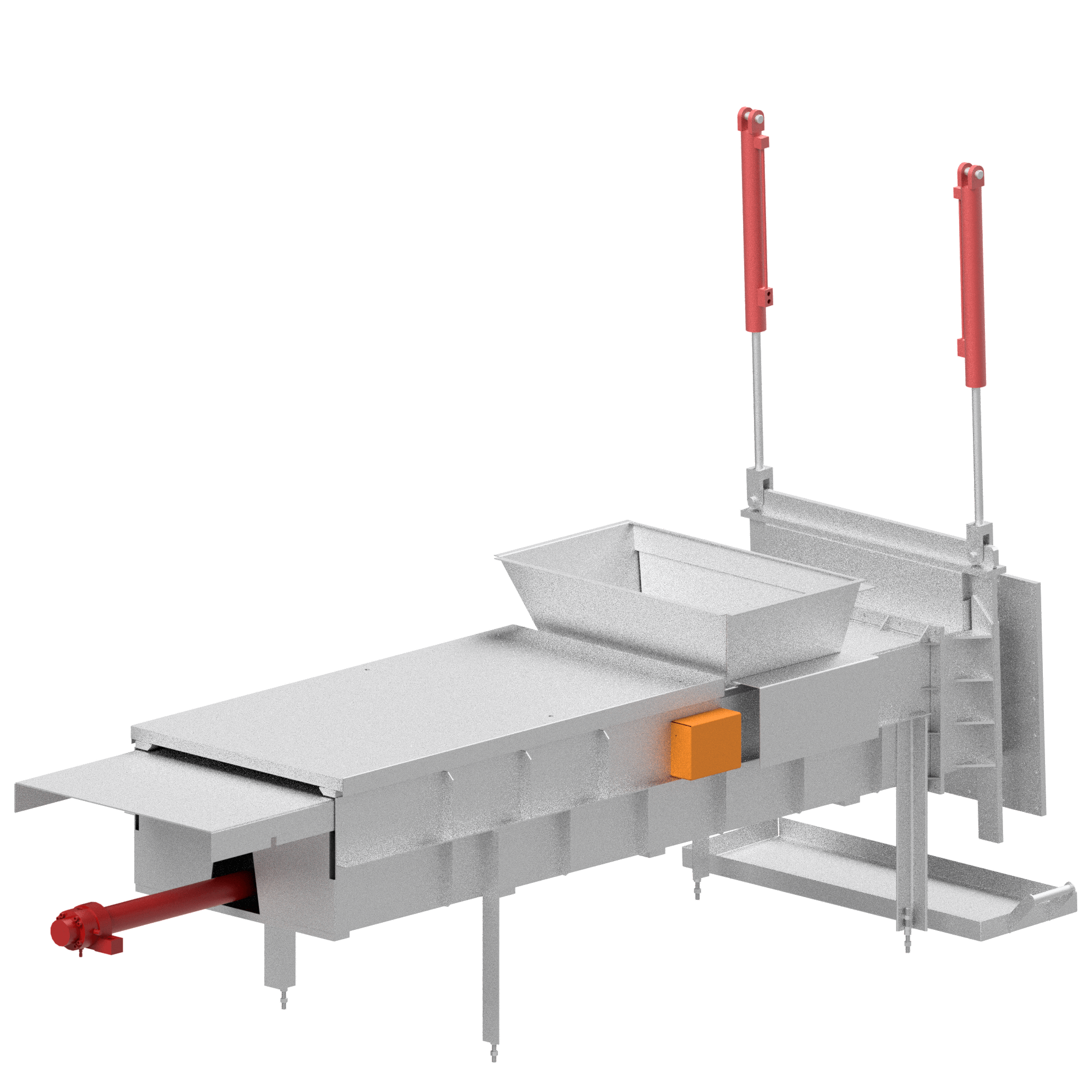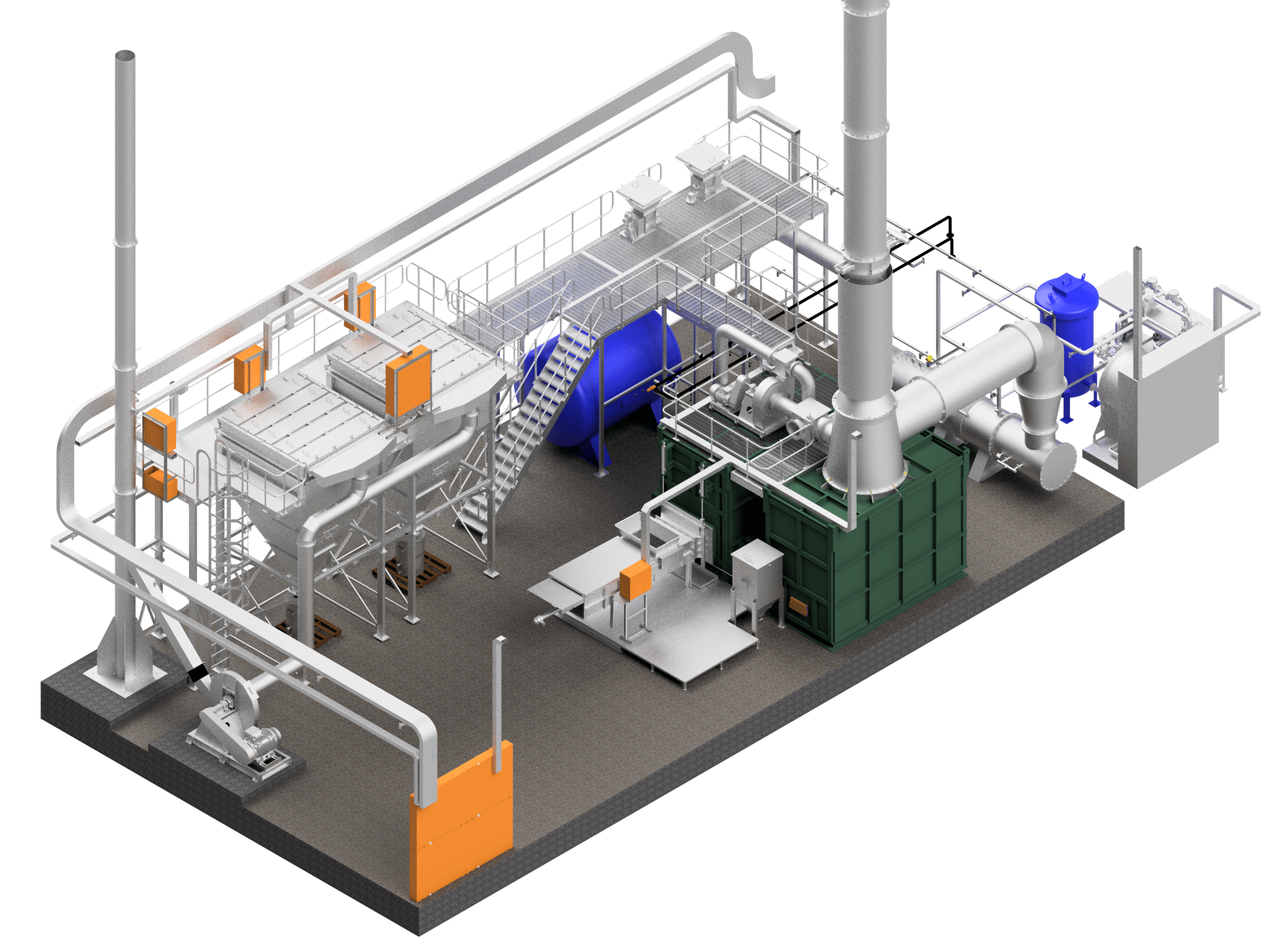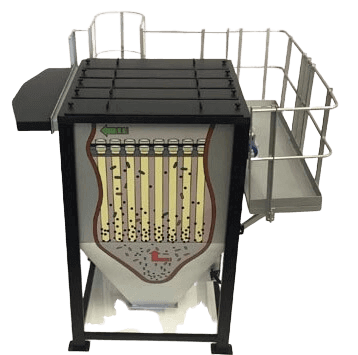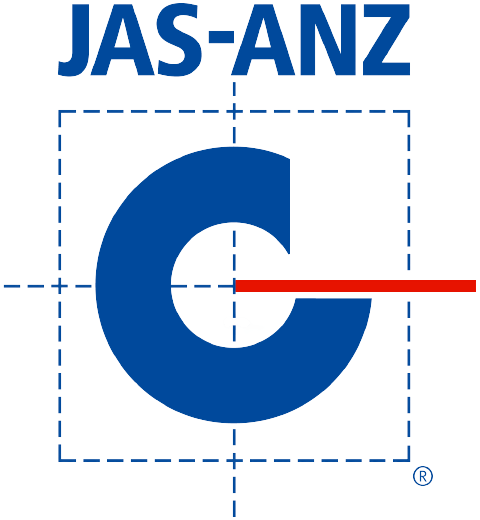Incinerators – Scrubbing & Filtration
MacroBurn Incinerators with Filtration Systems
Macrotec designs and manufactures a range of high-quality Incinerators for all waste types.
Our Incinerators with filtration are designed to reduce emissions by controlling the rate of combustion in a three chamber process and by capturing particulate matter in a settling chamber, resulting in industry leading low emissions.
We use filtration systems to EU standards, designed for the absolute minimal emissions while maintaining reliability and simplicity and are designed to operate in the harshest conditions, with few moving parts and minimal maintenance required, making MacroBurn Incinerators extremely reliable.
Emission Compliant
Our Incinerators with Scrubbing and Filtration are compliant to important regulatory standards, such as the EU Incinerator Directive and the South African Emission Regulations.
Quality
Our objective is to design and manufacture Quality Incinerators, that are robust, easy to operate, and with low maintenance requirements.
Certification
Macrotec is certified to the following standards:
ISO 9001:2015 | Quality Management Systems
ISO 14001:2015 | Environmental Management Systems
ISO 45001:2018 | Occupational Health & Safety Management
Design
Our Incinerators with Scrubbing and Filtration consists of an Incinerator, Flue Gas Cooling, and Scrubbing and Filtration.
Incinerator
Two chamber incinerators, incorporating under- and over-fire combustion air, with a 2 second retention time. Under-fire air helps improve combustion speed and efficiency by improving airflow through the waste. Over-fire air helps improve combustion speed and combustion efficiency by providing oxygen and turbulence over the waste. This stokes combustion from the sides and provides satisfactory mixing of flue gasses and oxygen for near complete oxidation of combustible gasses.

Auto Feeder
The incinerator is equipped with an auto feeder with optional bin tipper. The auto feeder is as the name suggests completely automated, with the operator only being required to load waste into the feeder, or into the bin tipper. Once the feeder is loaded, and safety button engaged, the system will determine when to feed. This prevents over feeding by operators and increases safety around the incinerator feeder.
Liquid Feeder (optional)
Various liquid feeders are available and are designed according to the waste specifications. We will require an accurate calorific value and viscosity along with the required flow rate to provide an optimal design.
Recirculated combustion air
The combustion air recirculation extracts part of the flue gas after the secondary chamber and mixes it with fresh air before blowing the combustion air back into the incinerator at a high velocity. A small mixing box regulates the mixing of the flue gas and fresh air, to control the temperature and oxygen content of the combustion air to the incinerator. Recirculating the combustion air in such a manner reduces NOx emissions and improves overall combustion.

Heat Exchanger
The heat exchanger serves to cool down the flue gas leaving the incinerator to ensure higher efficiency of the scrubbing system and to protect downstream equipment. Our heat exchangers are shell and tube and use water as a coolant, but this can be substituted for thermal oil for certain auxiliary applications. For added safety our heat exchanger and cooling circuit are open to atmosphere.
Pre-heated combustion air (optional)
A second heat exchanger is installed to preheat the combustion air using waste heat from the flue gas. This increases fuel efficiency, and the increase in temperature also increases combustion efficiency.

Isometric View: MacroBurn V500 full plant layout, including hot water recovery system
Stationary Hearth
We offer stationary hearths and reciprocating grates, depending on the model size. Stationary hearths are, as the name suggests, stationary and with no moving parts. New waste pushed in by the auto feeder displaces previously loaded waste backwards, and the stoking action helping to improve combustion.
Reciprocating Grate (optional)
Our reciprocating grates utilise a staircase like sectional layout manufactured from cast alloy grate bars, which are actuated in sequence to push, mix, and stoke the waste. Waste is loaded at the top of the grate, with alternate rows moving to push the waste down through the combustion area towards the ash discharge. The grate is divided into sections that are individually controlled for improved combustion, and with separate combustion air zones.
Emergency Stack
The emergency stack is situated directly above the secondary chamber and allows for venting of flue gas in an emergency. This critical safety feature protects downstream equipment and operators.
Cooling Circuit
Our cooling circuits are designed for minimal maintenance. Coolant travels from the heat exchanger to a buffer tank, that also features an auto fill-up. From the buffer tank, the coolant is pumped to a radiator where it is cooled down before being pumped back into the heat exchanger.
Heat Recovery (optional)
The optional heat recovery system installs a plate heat exchanger in the coolant circuit, to recover heat from the coolant before it is cooled down by the radiator. This conserves energy as the radiator operates less and provides hot water for the client to utilise elsewhere on the premises as needed.

Ceramic Filtration
The ceramic filtration utilises pods of ceramic elements that filter out particulate matter to below 3mg/m³, including PM2.5 particles. Ceramic elements can withstand temperatures of up to 900˚C, with the filter body able to operate up to 450˚C. The dry gas scrubbing potential is also increased with the ceramic filtration, as the scrubber agent forms a “cake” over the filter element, increasing the reaction time and surface area.
Dry Gas Scrubbing
Our dry gas scrubbing system introduces the scrubber agent into the flue gas, which then neutralizes acid gasses, and adsorbs heavy metals and dioxins. Our scrubbers do not utilise any water, and thus removes the need for further water treatment.
ID Fan
The ID (induced draught) fan creates a negative pressure and sucks the flue gas from the incinerator through the system. The fan is controlled by a variable speed drive, which allows us to ramp it up and down to maintain a constant pressure in the incinerator.
Main Stack
The main stack is situated after the ID fan and ejects the flue gas into the atmosphere after it has been cleaned. The main stack also houses critical instrumentation, such as flow and flue gas analysers.





